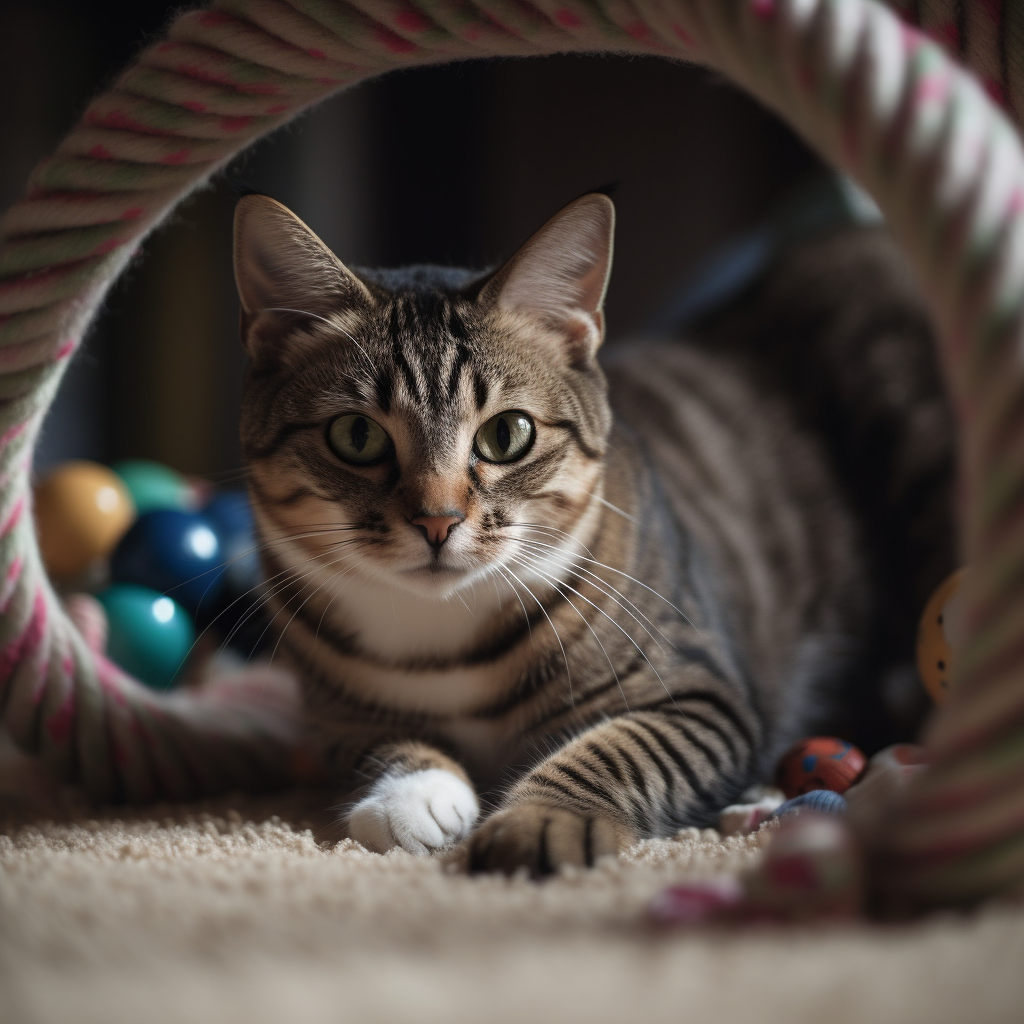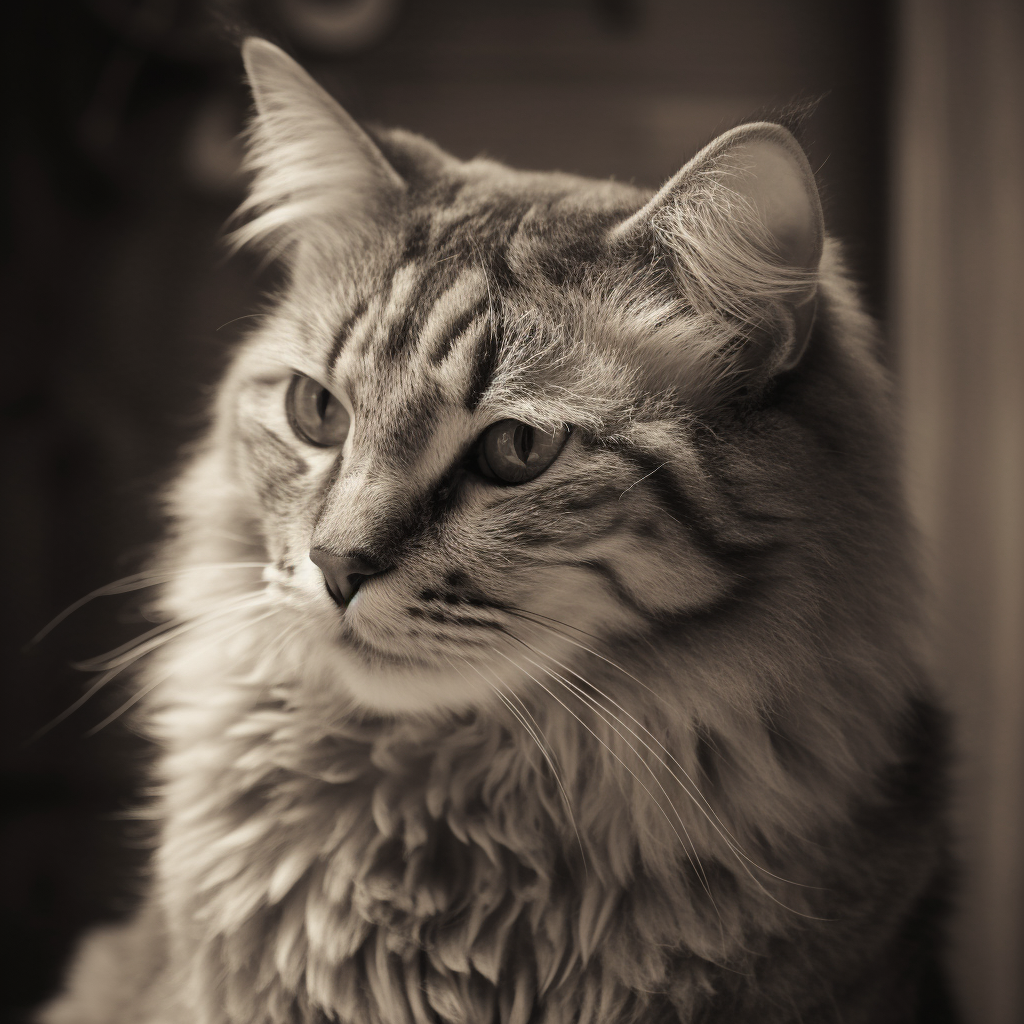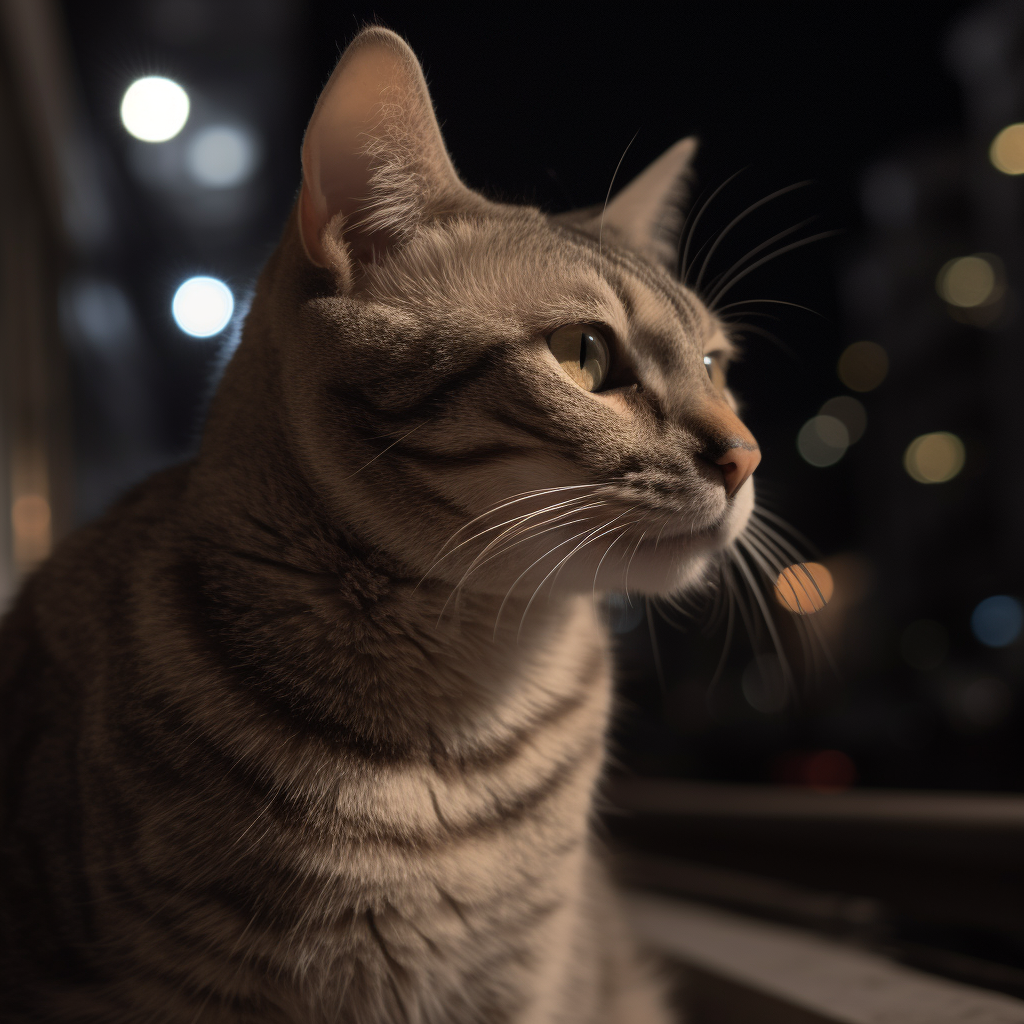Posted on June 15, 2023 by Judy Dickey

When people consider adopting a cat, they often gravitate towards kittens. While kittens are undeniably adorable, there are many compelling reasons to consider adopting an older cat. Here are some of the benefits that often go overlooked.
Mature Personality
Older cats have already developed their personalities, so you’ll know right away if they’re a good fit for your family. Whether you’re looking for a laid-back lap cat or a playful companion, you can find an older cat with the perfect temperament.
Less Maintenance
While kittens require a lot of time, energy, and training, older cats are typically more self-sufficient and less destructive. They’re often litter trained and have outgrown the overly energetic phase, which can make them easier to care for.
A Chance to Make a Difference
Unfortunately, older cats are often the last to be adopted from shelters, despite having so much love to give. By adopting an older cat, you’re giving them a chance at a happy, comfortable life.
Adopting an older cat can be a wonderfully rewarding experience. Not only will you be gaining a loyal companion, but you’ll also be giving them a second chance at a loving home.





